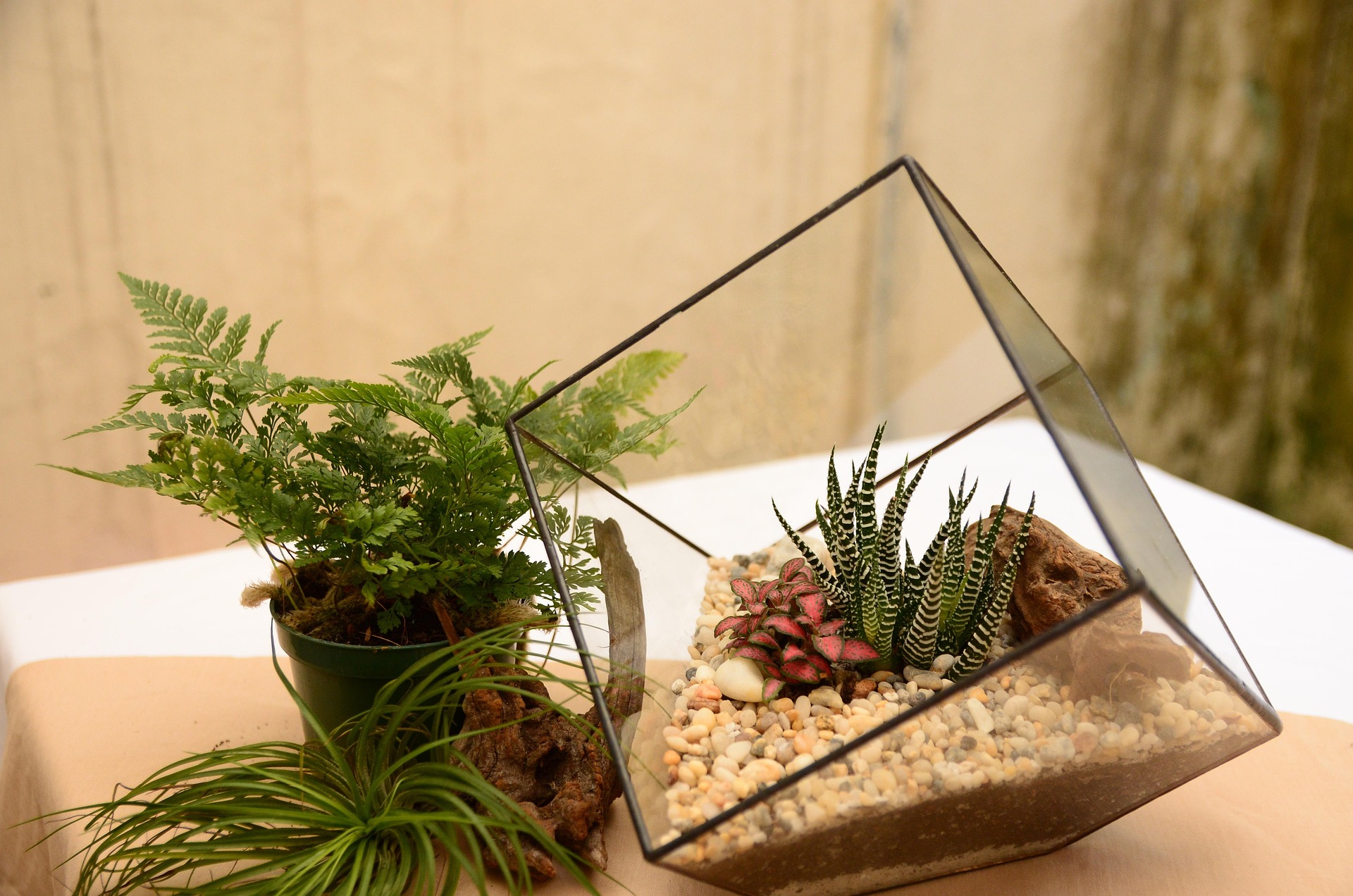Botanical Tapestries: Nature-Inspired Wall Art for the Modern Home
In the ever-evolving world of interior design, a captivating trend is blossoming: botanical tapestries. These lush, nature-inspired wall hangings are transforming living spaces into vibrant ecosystems, bringing the outdoors in with a sophisticated twist. Imagine walking into a room where oversized ferns, delicate wildflowers, or majestic trees stretch across the walls, creating a mesmerizing focal point that breathes life into any space. This article delves into the art of botanical tapestries, exploring their history, current popularity, and how they're reshaping our connection with nature in urban environments.

Today’s botanical tapestries draw inspiration from these historical roots while embracing modern aesthetics and production techniques. Digital printing advancements have allowed for intricate, large-scale designs that were previously impossible to achieve through traditional weaving methods. This fusion of historical appreciation and contemporary innovation has given rise to a new genre of wall art that appeals to both nature enthusiasts and design aficionados.
The Appeal of Oversized Botanical Prints
The current trend towards botanical tapestries is part of a larger movement in interior design that emphasizes biophilic elements. These oversized prints serve as windows to nature, creating an immersive experience that can transform the mood and atmosphere of a room. Unlike smaller botanical prints or framed artworks, tapestries command attention and serve as statement pieces that can define an entire space.
Designers are particularly drawn to the versatility of botanical tapestries. They can be used to add a touch of whimsy to minimalist interiors, infuse warmth into industrial spaces, or complement existing natural elements in bohemian or rustic settings. The large scale of these pieces also allows for a level of detail that smaller prints cannot match, inviting viewers to lose themselves in the intricacies of leaf veins, petal textures, and subtle color variations.
From Photorealism to Abstract Interpretations
One of the most exciting aspects of the botanical tapestry trend is the range of artistic styles available. At one end of the spectrum, we find hyper-realistic depictions of plants that blur the line between photography and illustration. These pieces often feature magnified views of leaves, flowers, or entire plant specimens, allowing viewers to appreciate details they might miss in nature.
On the other end, abstract interpretations offer a more conceptual take on botanical themes. These designs might feature stylized shapes, exaggerated colors, or deconstructed plant forms that capture the essence of nature rather than its literal appearance. This diversity in style ensures that there’s a botanical tapestry to suit every taste and interior design scheme.
Sustainability and Eco-Conscious Production
As awareness of environmental issues grows, many consumers are seeking home decor options that align with their values. Botanical tapestries offer an eco-friendly alternative to traditional wall coverings like wallpaper or paint. Many manufacturers are now using organic fabrics and non-toxic, water-based inks in their production processes. Additionally, the longevity and versatility of tapestries mean they can be easily moved or repurposed, reducing waste associated with redecorating.
Some companies are taking the sustainability angle even further by creating tapestries that incorporate living plants. These innovative designs feature pockets or integrated planters that allow real greenery to grow alongside the printed imagery, creating a truly immersive natural environment within the home.
Incorporating Botanical Tapestries in Various Design Styles
While botanical tapestries may seem best suited to nature-inspired or bohemian interiors, creative designers are finding ways to integrate them into a wide range of design styles. In minimalist spaces, a single, large-scale botanical tapestry can serve as a striking focal point against neutral walls. For eclectic interiors, mixing botanical prints with geometric patterns or vintage elements creates an intriguing juxtaposition.
In more traditional settings, tapestries featuring classic botanical illustrations in muted tones can add a touch of understated elegance. Contemporary spaces benefit from bold, graphic interpretations of plant life that complement modern furniture and sleek lines. The key to successfully incorporating botanical tapestries lies in balancing scale, color, and texture with existing design elements.
DIY and Customization: Making It Personal
The popularity of botanical tapestries has inspired a wave of DIY enthusiasts to create their own nature-inspired wall art. From hand-painted murals to embroidered hangings, there are countless ways for individuals to bring a personal touch to this trend. Some adventurous decorators are even experimenting with pressing and preserving real plants to create unique, three-dimensional wall displays.
For those seeking a middle ground between mass-produced and handmade, many artists and small businesses offer customizable botanical tapestries. This allows customers to choose specific plants, color schemes, or even incorporate personal photographs into the design, resulting in truly one-of-a-kind pieces that tell a story and connect with the owner on a deeper level.
In conclusion, botanical tapestries represent more than just a passing trend in home decor. They reflect a growing desire to reconnect with nature in our increasingly urban and digital world. By bringing the beauty and serenity of plants into our living spaces on a grand scale, these tapestries offer a daily dose of natural wonder and inspiration. As we continue to seek balance between modern living and environmental consciousness, botanical tapestries stand as a beautiful reminder of the timeless allure of the natural world.





